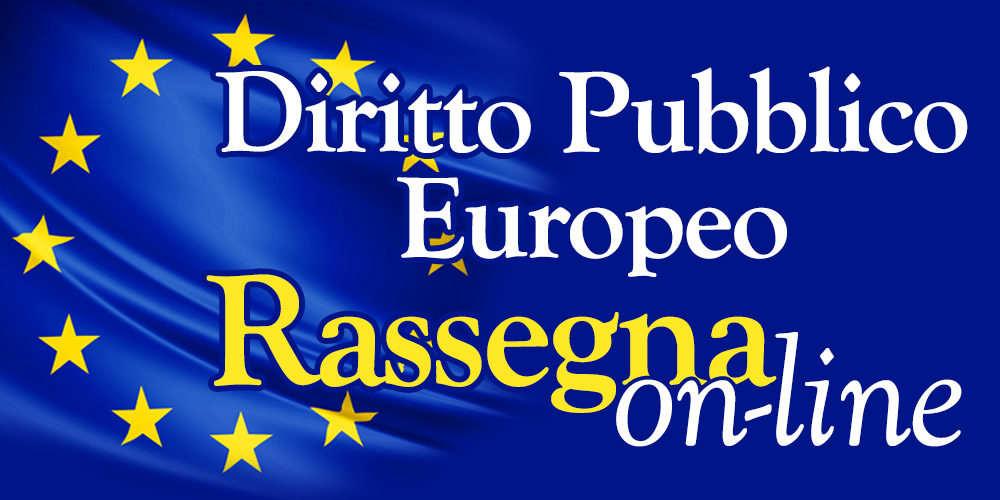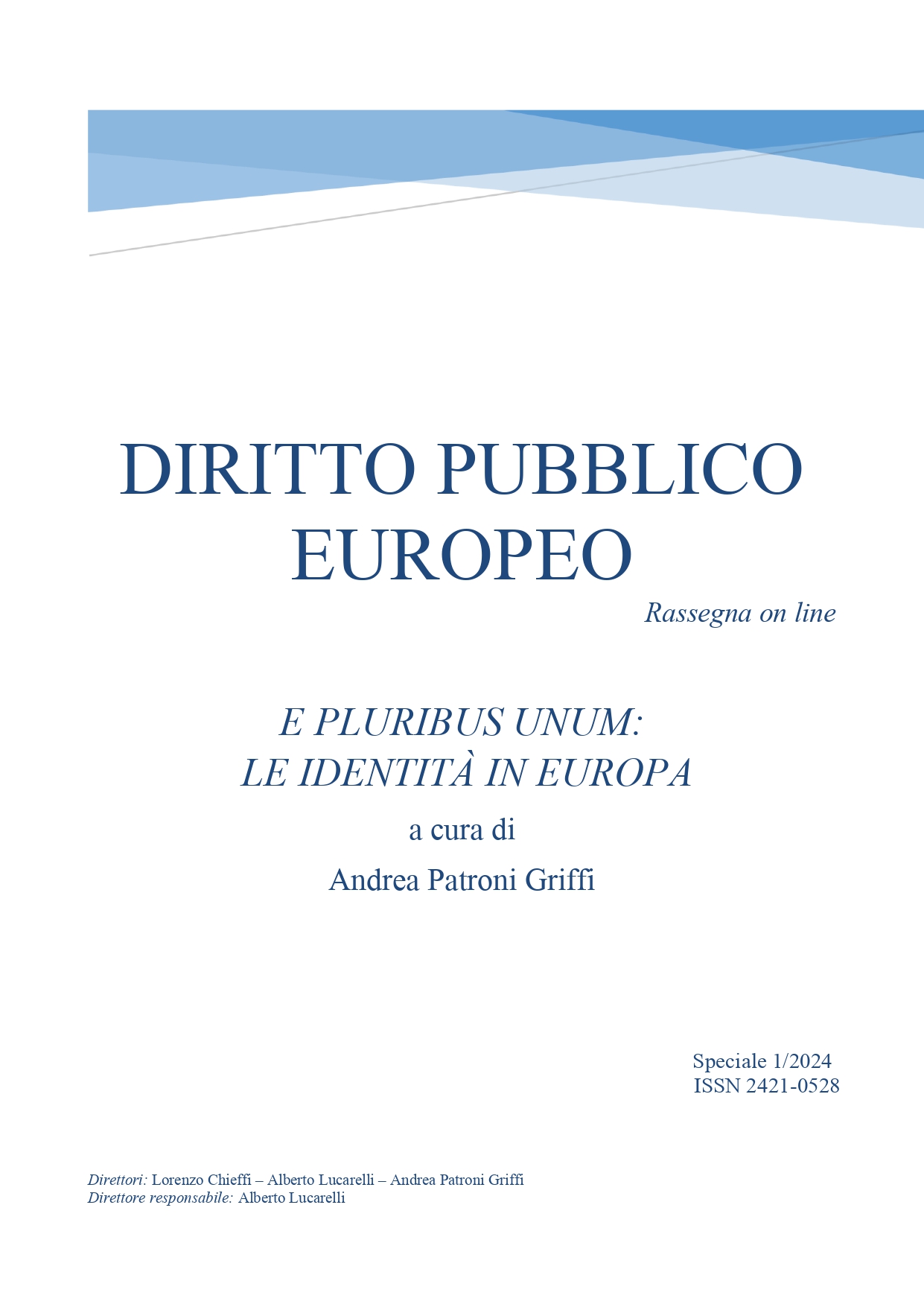I diritti digitali: verso un’identità unica europea
Abstract
Quando si parla di «identità» si fa riferimento, il più delle volte, ai «nuovi diritti», per la maggior parte riconducibili agli aspetti essenziali della persona come unità psicofisica, elaborati dalla Corte Costituzionale e ricondotti dalla stessa, attraverso il combinato disposto degli art. 2, 3 c. 2, e, naturalmente, 13 Cost., ai diritti fondamentali della persona. Sempre più spesso, però, nel mutato contesto storico caratterizzato da una presenza sempre più pervasiva della tecnologia, si parla di «identità digitale». In effetti, si tratta di uno dei principali diritti digitali previsti dal d.lgs n. 82/2005, recante Codice dell’amministrazione digitale, c.d. CAD. Come noto, tale testo normativo contiene una sezione, la Carta della cittadinanza digitale (art. 3-9 CAD), che definisce l’insieme dei diritti e dei doveri di tutti i cittadini in relazione all’uso delle tecnologie informatiche nei rapporti con le pubbliche amministrazioni e i gestori di servizi pubblici. La Carta della cittadinanza digitale è un nucleo minimo di diritti, che deve essere garantito da tutti gli enti, con l’obiettivo di semplificare il complesso rapporto tra cittadini, imprese e pubblica amministrazione. Le pubbliche amministrazioni devono quindi assicurare agli utenti l’effettiva possibilità di esercitare questi diritti, anche per evitare sanzioni e responsabilità. Con specifico riferimento al diritto di identità digitale, l’art. 3-bis CAD afferma il diritto di «chiunque» di accedere ai servizi on-line offerti da pubbliche amministrazioni e gestori di servizi pubblici tramite la propria identità digitale e l’App IO (punto di accesso unico telematico di cui all’art. 64-bis). A questo diritto corrisponde già da anni l’obbligo dei soggetti pubblici di consentire agli utenti l’accesso ai servizi online tramite SPID e, dopo la straordinaria diffusione di questo strumento, anche accelerata dalla digitalizzazione forzata avvenuta a valle della pandemia da Covid-19, anche tramite Carta di identità elettronica (CIE). Nel contesto descritto, è sempre più avvertita, l’esigenza di rivolgersi a una dimensione sovranazionale, che, come noto, è ormai sempre più pervasiva, soprattutto in tema di regolazione delle tecnologie e di tutela dei diritti messi a rischio dal digitale (si pensi, ad esempio, alla normativa in materia di protezione dati personali, di servizi fiduciari, di piattaforme e servizi e, da ultimo, di intelligenza artificiale). Il Regolamento c.d. eIDAS 2 istituisce una identità elettronica europea e il relativo sistema di portafoglio dell’identità digitale elettronica europea (EUDI Wallet). Questi strumenti, per come al momento delineati non sembrano sostitutivi di quelli previsti dagli Stati membri ma non c’è dubbio che l’attività che stanno svolgendo le istituzioni europee avrà un impatto su tutti gli ordinamenti interni. L’Italia ha già provveduto a modificare la normativa interna per introdurre la base giuridica del portafoglio nazionale, l’IT Wallet, che sarà implementato nell’ambito dell’App IO. Il tema in oggetto pone molte questioni giuridiche concernenti la relazione tra fonti normative nazionali e sovranazionali, la relazione tra le Autorità della governance, nonché l’auspicabile ampliamento dei diritti di cittadinanza verso una «cittadinanza» sempre più «europea» e «digitale». In ragione dell’interoperabilità necessaria tra portafogli sviluppati da soggetti pubblici e banche dati pubbliche e private per la realizzazione del progetto, oltre ai benefici, sono anche molti i rischi che si profilano con il progressivo sviluppo dello stesso.
Downloads
Copyright (c) 2024 Francesca Ricciulli

This work is licensed under a Creative Commons Attribution 4.0 International License.




